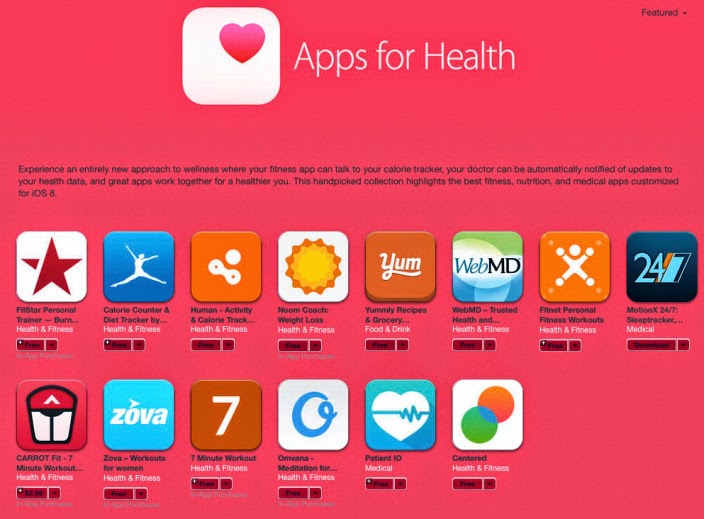How Much Money Is There in the United States?
What Is the Money Supply, and How Does It Affect the Economy?
By Kimberly Amadeo
Definition: The money supply is the cash, checks and savings held at banks, according to the Federal Reserve, is very narrowly defined. When most people
speak of the money supply, they are referring to all forms of cash,
credit and wealth that can be used to purchase goods and services,
including investments. In
recent years, credit has become the most important component of the
money supply, far outweighing any cash on hand or savings in the bank.
How Is the Official Money Supply Measured?
The Federal Reserve has two main measurements of the U.S. money supply. The Fed reports on these measures every week. They are M1, which is the most liquid form of money and M2, which is a little more difficult to spend. Specifically:- M1 includes currency, travelers checks, and checking account deposits. It also includes those checking accounts that pay interest, even though many people use them as savings accounts.
- M2 includes everything in M1 plus savings accounts, time deposits under $100,000, and money market mutual funds (except those held in IRAs).
Neither M1 nor M2 measures the amount of money invested in stock or bond funds, which most people now use for investments rather than just savings accounts. During the 1990s, money supply as measured by M2 fell as people took money out of low-interest bearing savings account and invested in the stock market. In fact, then-Federal Reserve Chairman Alan Greenspan said that, if the economy were dependent on the M2 money supply for growth, it would be in a recession
.
| Year | M2 | Inflation Rate | GDP Growth | Comments |
|---|---|---|---|---|
| 1999 | $4.617 | 2.7% | 4.7% | Economic expansion |
| 2000 | $4.903 | 3.4% | 4.1% | Recession |
| 2001 | $5.403 | 1.6% | 1.0% | |
| 2002 | $5.704 | 2.4% | 1.8% | Bush became President |
| 2003 | $6.035 | 1.9% | 2.8% | |
| 2004 | $6.388 | 3.3% | 3.8% | |
| 2005 | $6.654 | 3.4% | 3.3% | Peak of housing bubble. |
| 2006 | $7.046 | 2.5% | 2.7% | Subprime mortgage crisis. |
| 2007 | $7.452 | 4.1% | 1.8% | Banking liquidity crisis |
| 2008 | $8.177 | 0.1% | -0.3% | 2008 stock market crash, Fed begins Quantitative Easing |
| 2009 | $8.482 | -3.1% | -2.8% | Recession ends |
| 2010 | $8.782 | 1.5% | 2.5% | |
| 2011 | $9.636 | 3.0% | 1.6% | Debt ceiling crisis |
| 2012 | $10.424 | 1.7% | 2.3% | |
| 2013 | $10.985 | 1.5% | 2.2% | |
| 2014 | $11.625 | 0.8% | 2.4% |



Comments
Post a Comment